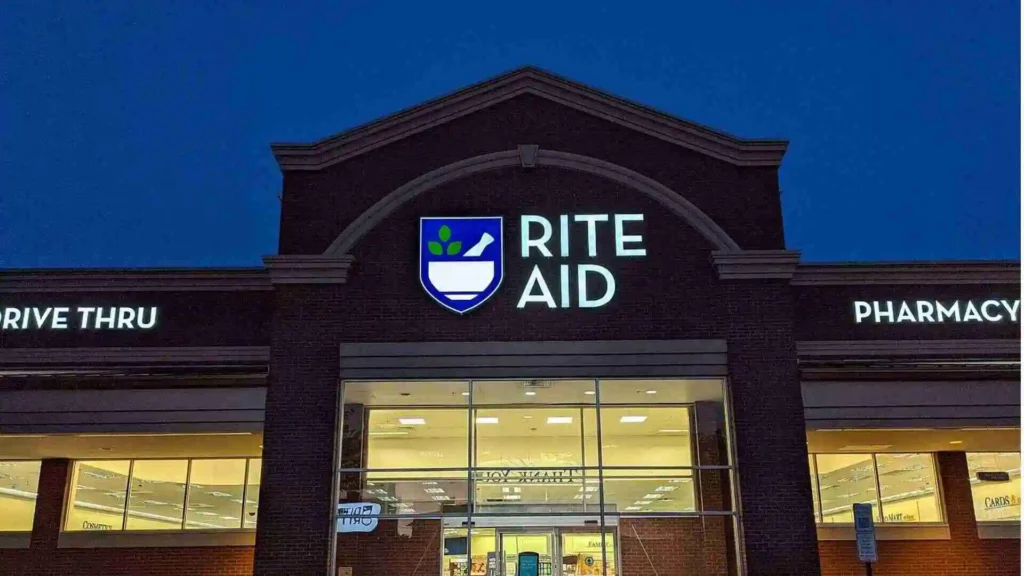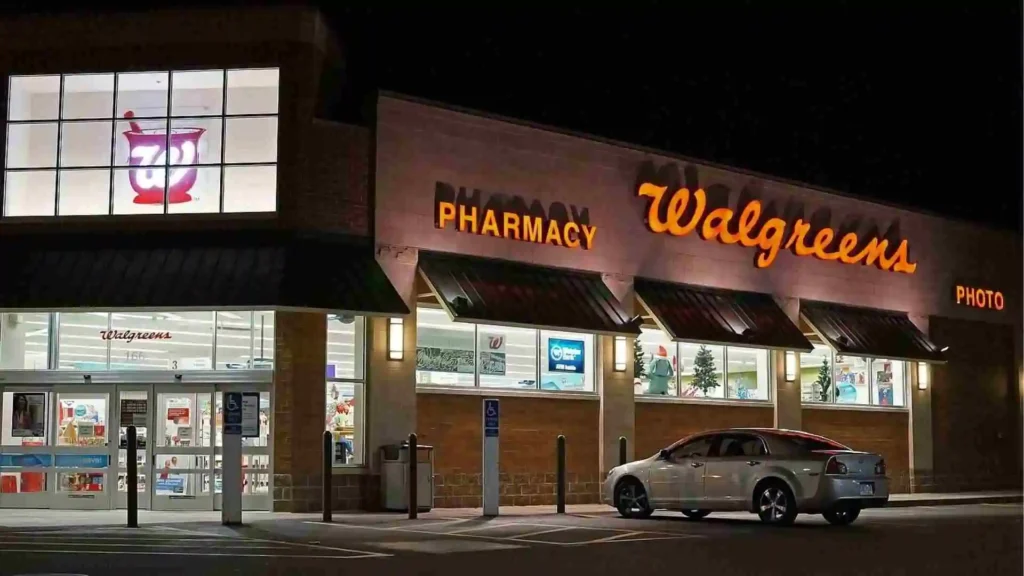In recent years, major players in the pharmacy sector like CVS, Rite-Aid, and Walgreens have been closing stores across the U.S. at a notable rate. This trend has sparked concerns about the stability of the retail pharmacy industry, pointing to a mixture of questionable strategies, evolving market conditions, and external challenges. Let’s delve into three reasons why major pharmacy chains are seeing mass store closures.
Overexpansion and Its Fallout
Back in the late ’90s and early 2000s, the most prominent names in the pharmacy industry were aggressively expanding. They opened stores rapidly, aiming to saturate the market, draw in new customers, and edge out competitors. This strategy seemed like a surefire plan, leveraging the growing demand for pharmacy services nationwide.
However, this strategy eventually backfired. The market soon became flooded with pharmacies, all vying for the same customer base. The consequences of this overexpansion are now painfully apparent, with many stores struggling just to break even and cover their operating costs.
Tim Wentworth, CEO of Walgreens, highlighted the financial strain during an interview with the Wall Street Journal, saying “We are at a point where the current pharmacy model is not sustainable.” He also noted that the proximity of stores to one another has led to internal competition, cannibalizing sales and necessitating closures.
The Rise of Online Shopping and Mail-Order Pharmacies
These days, more people are skipping the trip to their local pharmacy and instead, they’re clicking through their shopping lists online. This shift has really started to empty out the aisles of traditional pharmacies.
Encouraged by Pharmacy Benefit Managers, or PBMs, folks are also signing up for mail-order services that deliver medications right to their doorsteps. This convenient and often cheaper option is proving tough competition for neighborhood pharmacies, which are struggling to attract the foot traffic they used to rely on for everything from prescriptions to personal care items.

The Role of Pharmacy Benefit Managers (PBMs)
Pharmacy Benefit Managers (PBMs) play a critical intermediary role in the industry, negotiating drug prices and rebates between manufacturers and insurers. This role directly influences the reimbursement rates pharmacies receive. Over time, PBMs have prioritized their profitability, often at the expense of pharmacies, particularly the smaller or independent ones.
This dynamic has forced down reimbursement rates, putting considerable financial pressure on pharmacies. These rates frequently fail to cover the rising operational costs of running a retail pharmacy, eroding profit margins.
Elizabeth Anderson, an analyst at Evercore IRI, discussed this issue with CNN, saying “If reimbursement rates start to come down and drug stores can’t offset it with other growth, then it has a negative impact on their profitability.” This financial strain is a major factor driving the closure of unprofitable pharmacy locations.
Challenges Beyond Theft
The rise in shoplifting since the pandemic began has significantly impacted the day-to-day operations of retail pharmacies. Many have responded by ramping up security measures, including locking up merchandise and, in some cases, shutting down high-theft locations. While theft has been a significant issue, it’s not the sole reason for the financial challenges these chains face.

Walgreens, for instance, has recognized that shoplifting, while impactful, is not the root cause of their troubles. Wentworth admitted that the company might have overemphasized the impact of theft on its overall operations, suggesting deeper issues at play.
Additionally, efforts to diversify services by adding primary care facilities like the costly investment in VillageMD have not yielded the expected financial returns, leading to further cuts and closures.
As a result, the combined pressures of overexpansion, shifting trends, operational challenges like theft, and the stringent financial demands imposed by PBMs are reshaping the American pharmacy landscape. These factors collectively explain the ongoing trend of store closures, which could have lasting effects on community access to healthcare services and pharmacy needs.
